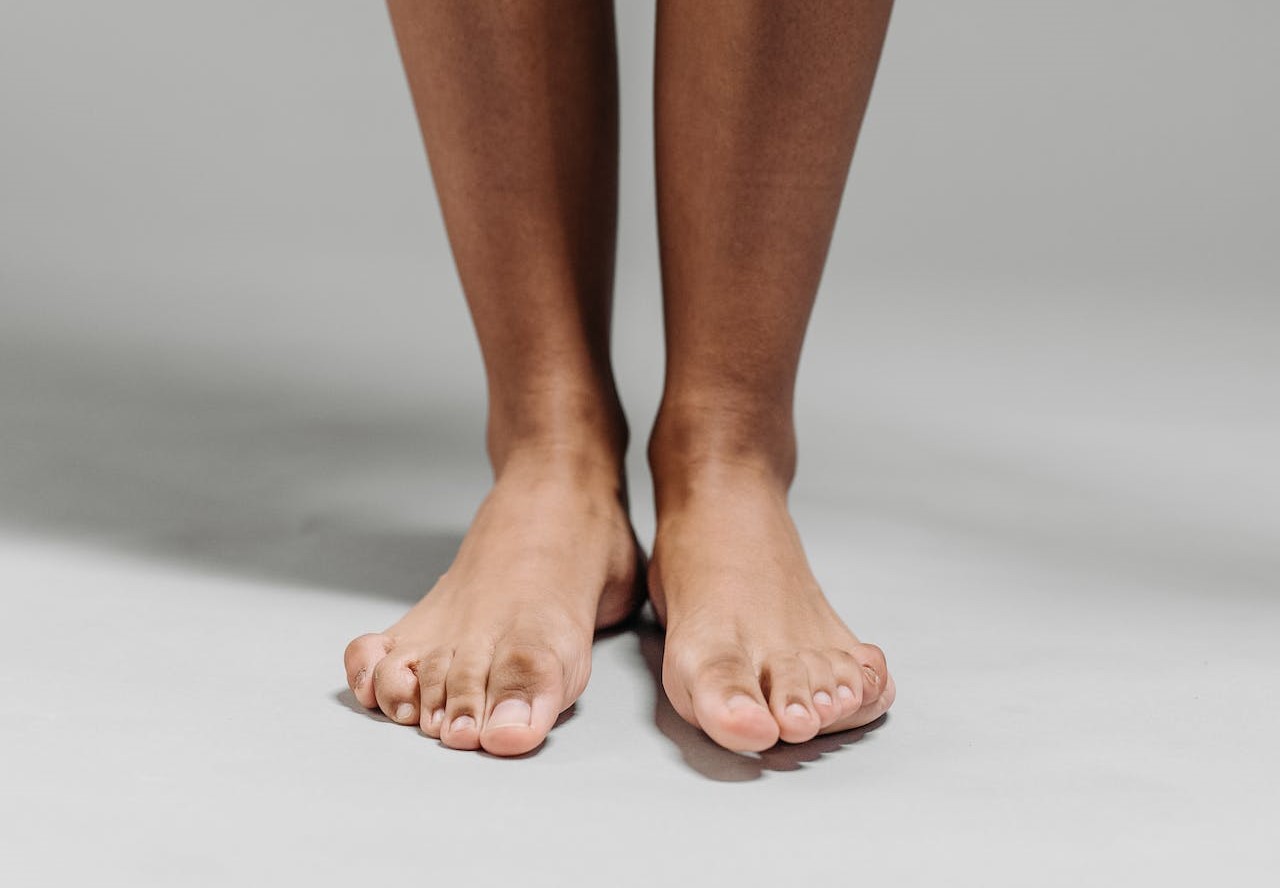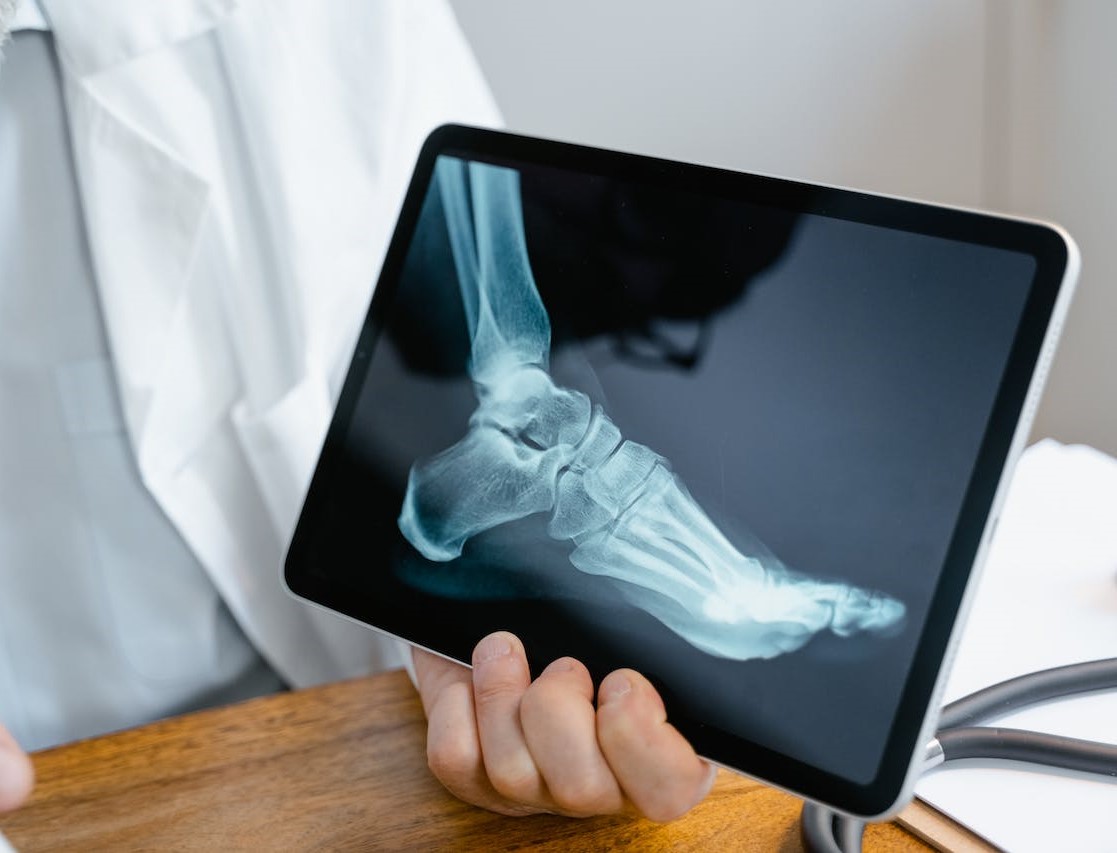Schedule An Appointment With Us
Are Your Symptoms Affecting Your Quality Of Life?
Consult our MOH-accredited orthopaedic surgeon for an accurate diagnosis & personalised treatment plan.
MBBS
MRCSEd
MMED (Ortho)
FRCSEd

Morton’s Neuroma is characterised by the thickening of the tissue surrounding the digital nerve leading to the toes. This condition most commonly affects the area between the third and fourth toes.
The thickened tissue results from repetitive irritation, trauma, or excessive pressure on the foot. Unlike what the name ‘neuroma’ suggests, this condition does not entail the growth of a tumour.
Morton’s Neuroma arises primarily due to factors that place excessive pressure or strain on the foot, particularly the area between the toes.
The symptoms of Morton’s Neuroma are distinct and primarily affect the ball of the foot.
Contrary to some conditions that exhibit external physical signs, Morton’s Neuroma typically does not present visible symptoms like a lump. Paying attention to the sensations and feelings of discomfort can help ensure timely recognition and diagnosis of the condition.

Diagnosing Morton’s Neuroma involves a combination of clinical examination and imaging tests.
Several non-surgical treatment strategies can be effective in treating Morton's Neuroma, especially in less severe cases.
Appropriate Footwear and Orthotic Inserts |
Switching to shoes with lower heels, a wider toe box, and adequate room across the ball of the foot can alleviate pressure on the nerve. Over-the-counter or custom-made orthotic devices, such as metatarsal pads, can also help redistribute pressure away from the nerve. These inserts are designed to fit inside the shoe and provide support and cushioning. |
Anti-inflammatory Medications |
Nonsteroidal anti-inflammatory drugs (NSAIDs), like ibuprofen or naproxen, can be effective in reducing swelling and relieving pain. |
Activity Modification |
Reducing or modifying activities that exacerbate the condition, such as certain types of exercise or prolonged standing, can provide relief. |
Steroid Injections |
In cases where pain persists, corticosteroid injections may be administered to reduce nerve inflammation. |
Surgical intervention may be considered when non-surgical treatments do not provide sufficient relief for Morton’s Neuroma.
This procedure involves cutting structures around the nerve, such as the ligament binding the bones at the front of the foot. The goal is to relieve pressure on the nerve.
In more severe cases, part of the affected nerve may be surgically removed. This method aims to alleviate pain by removing the inflamed nerve tissue.
Schedule An Appointment With Us
Consult our MOH-accredited orthopaedic surgeon for an accurate diagnosis & personalised treatment plan.
Preventing the development or progression of Morton’s Neuroma involves addressing the factors that contribute to its onset.

MBBS
MRCSEd
MMED (Ortho)
FRCSEd
With over 18 years of experience, Dr Poh Seng Yew is an orthopaedic surgeon specialising in hip, knee, shoulder and elbow surgery, sports medicine, and trauma surgery.




Weekdays: 9.00am – 5.00pm
Saturdays: 9.00am – 1.00pm
Sundays and Public Holidays: Closed
Please leave us a message, and we will be in touch with you shortly.
Leaving Morton’s Neuroma untreated may lead to a worsening of symptoms, including increased pain and discomfort. Continual nerve compression can lead to further complications, possibly affecting future treatment options. Seeking timely evaluation and treatment from a foot specialist can help manage symptoms effectively.
The recovery time for Morton’s Neuroma depends on its severity and the treatment approach used. Non-surgical treatments can provide relief within weeks, but in more persistent cases, especially if surgery is required, recovery may take longer.
Massage therapy may offer temporary relief from symptoms by reducing pressure and improving blood flow in the affected area. While it may be beneficial, it should not be used as a standalone treatment. Consulting a foot specialist can provide a treatment plan suited to individual needs.
While Morton’s Neuroma typically affects one foot, it’s possible to develop in both feet. If you experience the condition in one or both feet, consult a foot specialist for timely treatment and personalised care.